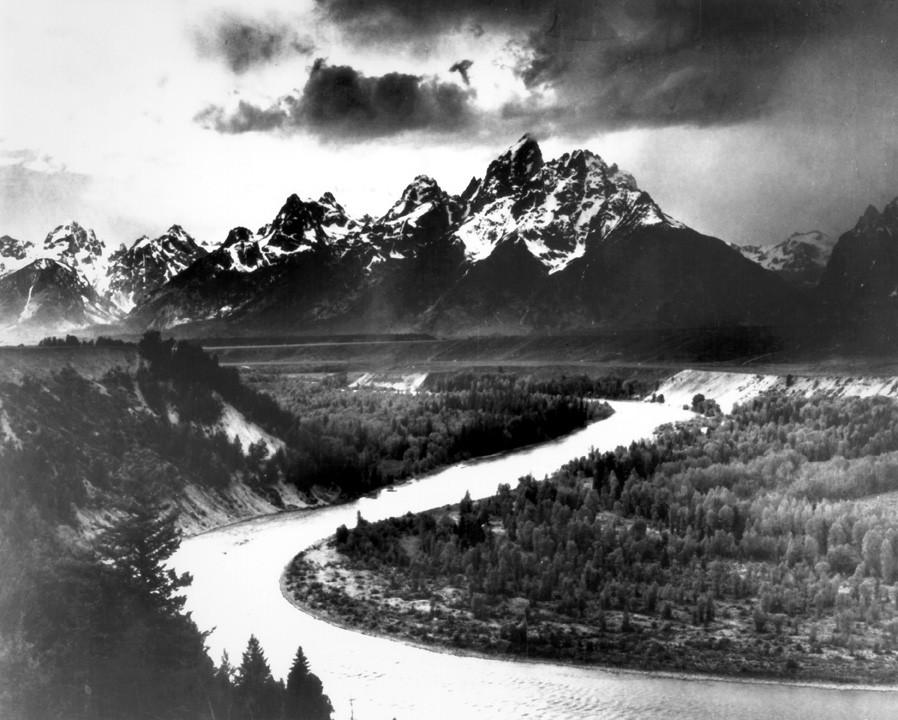A selection of Ansel Adams’ work from the Center for Creative Photography’s archives is on display through Monday at the UA Museum of Art.
In 1974, Ansel Adams loaned 125 photographs to the UAMA for an exhibition titled “Little Known Images.” The president of the university at the time, John P. Schaefer, began a relationship with Ansel Adams at the show that quickly led to the co-founding of the Center for Creative Photography.
“He wanted to create an institution that celebrated the medium of photography and where students and the public could learn about great photographers, see great examples of the art and learn about the history of photography,” said Becky Senf, Norton Family Curator at the Center for Creative Photography and Phoenix Art Museum.
The collaboration between the Creative Center for Photography and the UAMA provides a chance for the public to view pieces from the collection that are usually secured for preservation and use at the research and archive center on campus.
“[Schaefer] felt that archives — which showed entire careers instead of just the masterworks — would promote this scholarship and deeper understanding,” Senf said.
The UAMA has been celebrating its series “An Unfolding Legacy” all year, and the 21 prints currently on display at were selected from the original show from 1974.
“We’re exploring the history of our museum and we considered this [Little Known Images] exhibition to be a landmark because it ended up evolving into the CCP,” said Olivia Miller, curator of Exhibitions and Education at the UAMA.
The Center for Creative Photography’s archives hold more than 2,500 prints from Adams, as well some of his photographic equipment and other archival materials like notes and negatives. The 2,500-plus images are available for viewing through the University of Arizona Institutional Repository.
According to the UAiR website, its goal is to preserve the works associated with the university as well as to provide a source for sharing the wealth of knowledge that has been collected through the minds and hands at the UA. To be able to see such a wide collection of an artist’s work at the UAiR will serve as a benefit for the students as well as the public.
The show from 40 years ago highlighted Adams’ lesser known work, and this exhibition will attempt to do the same. Even decades after the “Little Known Images” show, Adams is still known for his landscapes of Western America, but he took many portraits and cityscapes as well. According to Miller, each Adams print is unique. He would actively develop them to have varied shades of dark and light. All of these hidden gems of Adams’ process are featured in this showing.
“Adams strove to make pictures that would clearly convey the grandeur and awe in America’s wild places that were available to those who looked,” Senf said. “He was an ardent environmentalist — but also a long-standing advocate for the appreciation of photography as an art medium.”









